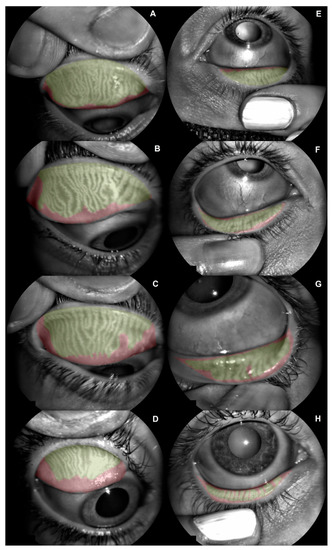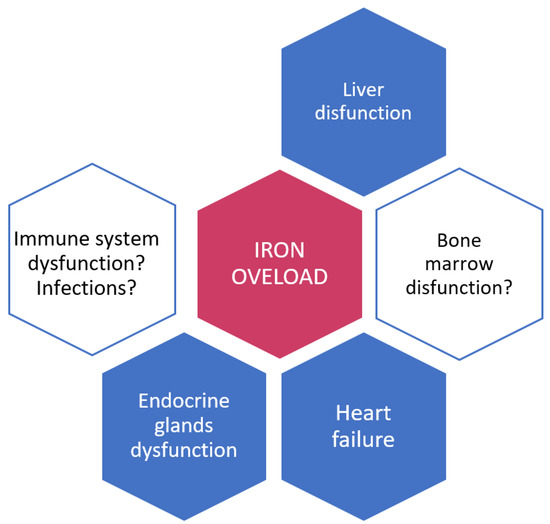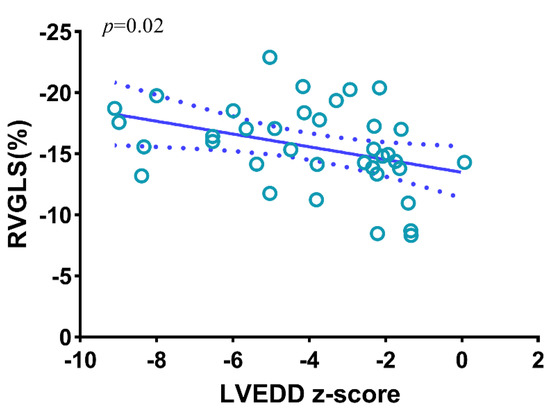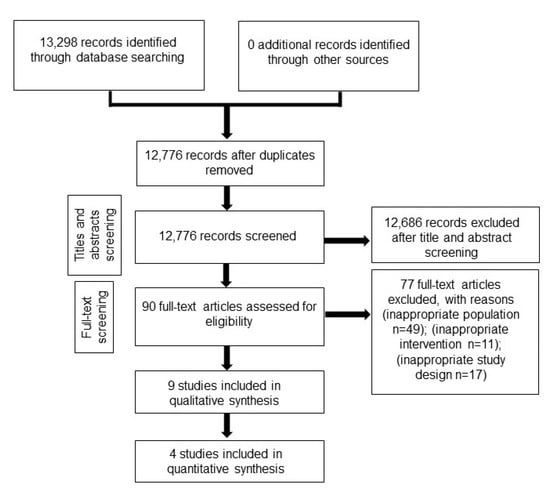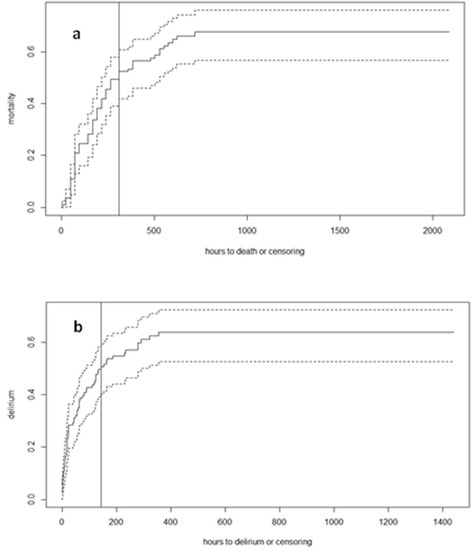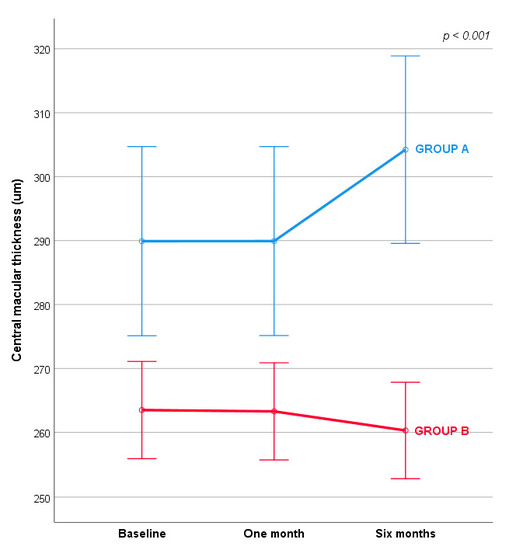J. Clin. Med. 2022, 11(15), 4458; https://doi.org/10.3390/jcm11154458 - 30 Jul 2022
Cited by 2 | Viewed by 2140
Abstract
To assess the efficacy of 0.4% hyaluronic acid and 0.2% galacto-xyloglucan for the subjective symptoms of dry eye disease and tear film invasive and noninvasive signs in 34 young-adult oral contraceptive users of childbearing age, a prospective, longitudinal, single-blind, clinical study was performed
[...] Read more.
To assess the efficacy of 0.4% hyaluronic acid and 0.2% galacto-xyloglucan for the subjective symptoms of dry eye disease and tear film invasive and noninvasive signs in 34 young-adult oral contraceptive users of childbearing age, a prospective, longitudinal, single-blind, clinical study was performed in a population of childbearing-age oral-contraceptive consumers. Subjective dry eye disease questionnaires, and invasive and noninvasive tear film assessments were reported before and after six weeks of hyaluronic acid with galacto-xyloglucan (HA-GX) treatment versus hyaluronic acid alone (HA). HA-GX treatment resulted in a greater decrease in the ocular surface disease index (17.01 ± 11.36 score points, p < 0.01) than the HA variation (11.61 ± 11.18 score points, p < 0.01). The standard patient evaluation of eye dryness also decreased more in the HA-GX group (4.06 ± 5.50 score points, p < 0.01) than in the HA alone group (0.70 ± 3.16, p = 0.21). Regarding noninvasive break-up time (NIBUT), the HA-GX group’s first NIBUT achieved an increase of 1.75 ± 1.16 s, p < 0.01, while the HA-alone group increased by only 0.54 ± 1.01 s, p < 0.01. The HA-GX group’s mean NIBUT reported an increase of 3.72 ± 5.69 s, p < 0.01; however, the HA-alone group achieved 2.19 ± 5.26 s, p = 0.05. Hyaluronic acid in combination with galacto-xyloglucan significantly decreased subjective dry eye disease symptoms and increased first and mean NIBUT compared to hyaluronic acid alone. Galacto-xyloglucan added efficacy in young-adult childbearing-age oral contraceptive users.
Full article
(This article belongs to the Special Issue Advances in Dry Eye Disease Treatment)
►
Show Figures
